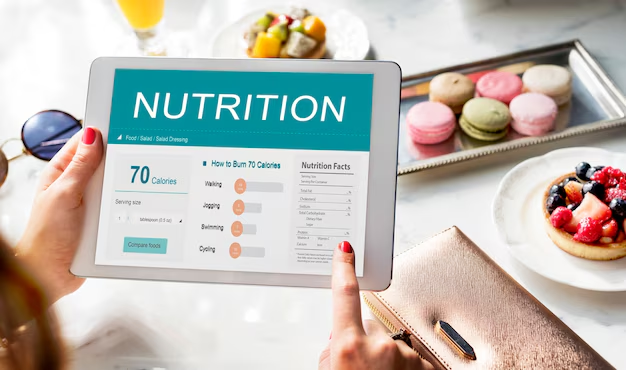Navigating Carbs with Type 2 Diabetes: A Practical Guide
Managing carbohydrate intake is a crucial aspect of living with type 2 diabetes. Understanding how many carbs per meal are suitable can significantly impact blood sugar levels and overall health. Striking the right balance helps avoid spikes in blood sugar and supports a more stable energy supply throughout the day. But how do you determine the right amount of carbs per meal?
Individualized Carb Goals
A general guideline suggests that 45-60 grams of carbohydrates per meal is a good starting point for many adults with type 2 diabetes. This range offers flexibility and aligns with many dietary plans. However, the precise amount varies based on individual factors such as age, activity level, and personal health goals. It's advisable to work with a healthcare provider or a certified diabetes educator to tailor your carb intake according to your unique needs.
Understanding Carbohydrates
Carbohydrates are found in foods such as grains, fruits, and vegetables. They are important for the body’s energy, but not all carbs are created equal. Opting for whole grains, fiber-rich vegetables, and low-sugar fruits can contribute to better blood sugar control. Whole and minimally processed foods can provide necessary nutrients without causing large fluctuations in blood glucose levels.
Count Those Carbs
Counting carbs can become a manageable task with a little practice. Food labels, nutrition apps, and online resources offer useful tools for accurately estimating carbohydrate content. Pay attention to portion sizes and be mindful of hidden sugars in packaged foods.
Tips for a Balanced Meal:
- Include Fiber: Aim for higher amounts of fiber in your diet as it helps slow down the absorption of sugar.
- Pair with Protein: Add protein to your meals to help maintain energy levels and improve satiety.
- Monitor and Adjust: Regularly monitor your blood sugar levels to assess how your meal plan affects your diabetes control.
Transitioning Towards Resources and Support
Understanding and managing carbs for type 2 diabetes can sometimes feel overwhelming, especially when balancing daily life, work, and finances. Fortunately, there are resources to support you in this journey. Access to financial assistance, educational programs, and tailored debt relief solutions can significantly ease the burden.
Take Advantage of Available Resources
Navigating health challenges often intersects with navigating financial ones. Exploring available programs can provide much-needed support:
Government Aid Programs: From Supplemental Nutrition Assistance Program (SNAP) benefits to Medicaid, numerous government resources can alleviate food and healthcare expenses.
Financial Assistance for Medical Expenses: Check eligibility for programs like Medicare Savings and Patient Assistance Programs offered by pharmaceutical companies.
Debt Relief Options: Options such as debt consolidation, credit counseling, and negotiation services can offer relief if medical bills or other debts are becoming unmanageable.
Credit Card Solutions: Consider secured credit cards or cards with low-interest rates to better manage and organize expenditures without straining your budget.
Educational Grants and Scholarships: For those looking to equip themselves with more learning, investigate scholarships and grants that can reduce the cost of further education.
Essential Resources List
Here's a simplified list of resources to consider:
- 🌾 SNAP Benefits: Provides nutritional assistance to eligible individuals and families.
- 💊 Medicare Savings Programs: Helps pay for Medicare premiums, deductibles, coinsurance, and copayments.
- 📚 Educational Scholarships: Various organizations offer scholarships that cater to students with diabetes or from families facing financial challenges.
- 💼 Debt Counseling Services: Non-profit agencies offer free financial counseling services.
Effectively managing type 2 diabetes goes beyond monitoring carbs—it involves surrounding yourself with comprehensive support systems. Leveraging available financial, educational, and health resources can propel you toward a healthier, less stressful lifestyle.
